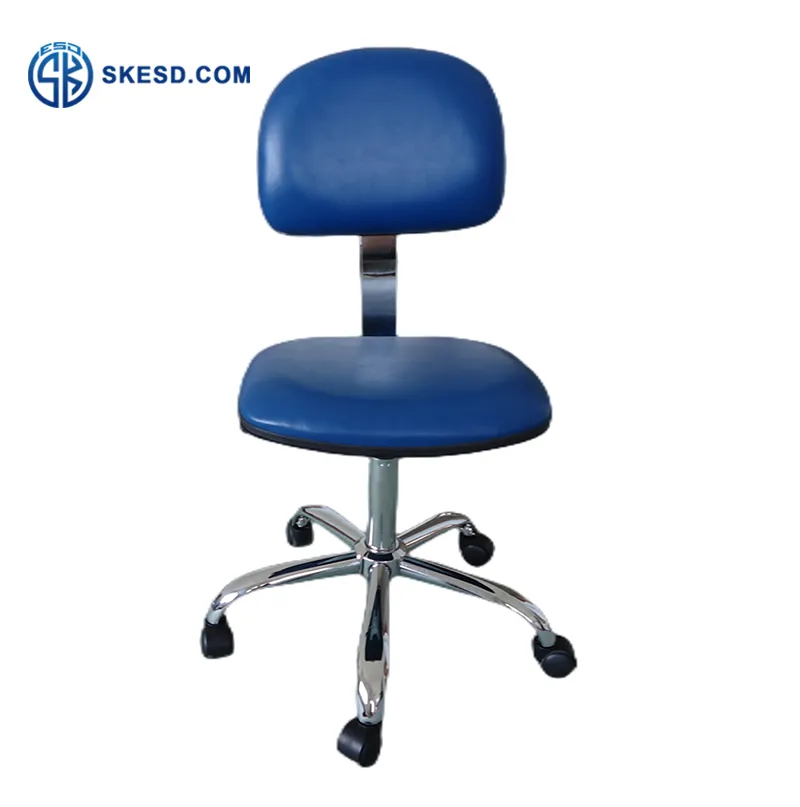
What Are ESD Chairs?
In industries where sensitive electronic components are present, the threat of electrostatic discharge (ESD) poses a significant risk. ESD chairs are specially designed seating solutions that provide a controlled grounding path for static electricity. These chairs are constructed using materials that have high electrical conductivity, allowing the dissipation of static charges and preventing the accumulation of electrostatic potential on the user. ESD chairs are commonly used in environments where electrostatic discharge can occur, such as electronics manufacturing facilities, laboratories, and cleanrooms.
The Functionality of ESD Chair
ESD chairs are equipped with several features that enable them to effectively combat electrostatic discharge. Let’s explore some key components and functionalities of these chairs:
-
Conductive Materials
Antistatic chairs are constructed using materials that have low electrical resistance, ensuring the flow of static electricity through the chair and into the ground. Materials such as conductive fabric, static-dissipative foam, and metal frames are commonly used to achieve this conductivity.
-
Grounding Mechanism
To ensure proper grounding, Electrostatic discharge chairs are equipped with a grounding mechanism. This mechanism typically consists of a conductive chain or cable that connects the chair to a grounding point, such as a conductive floor or a dedicated grounding system. This grounding path allows any static charge accumulated on the chair to be safely discharged.
-
ESD-Safe Casters and Base
Anti-static chairs feature conductive or static-dissipative casters and base to maintain the continuity of the grounding path. These specialized components ensure that static charges are not isolated or trapped within the chair, reducing the risk of ESD incidents.
-
ESD-Friendly Upholstery
The upholstery of ESD chair is designed to have low electrical resistance, facilitating the dissipation of static charges. Conductive or static-dissipative fabrics are commonly used, providing a safe and comfortable seating surface while effectively managing static electricity.
-
Adjustability and Ergonomics
ESD chair prioritize user comfort and ergonomic support, offering a range of adjustable features such as seat height, backrest tilt, and armrest height. This ensures that users can maintain proper posture and reduce the risk of musculoskeletal disorders, enhancing overall productivity and well-being.
In laboratory environments, safety and productivity are of utmost importance. […]


